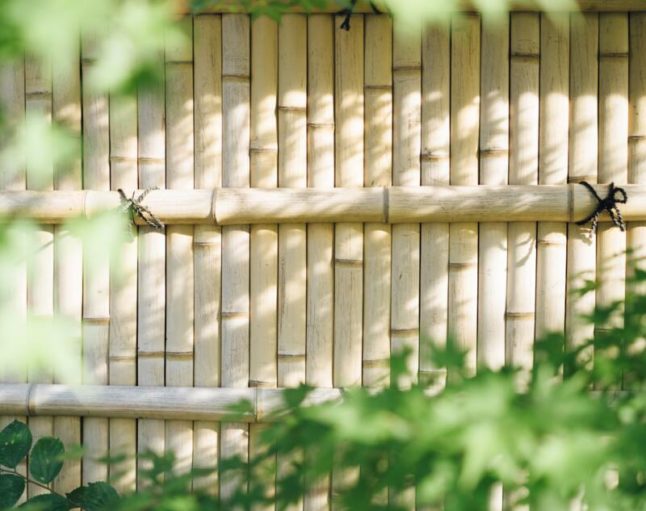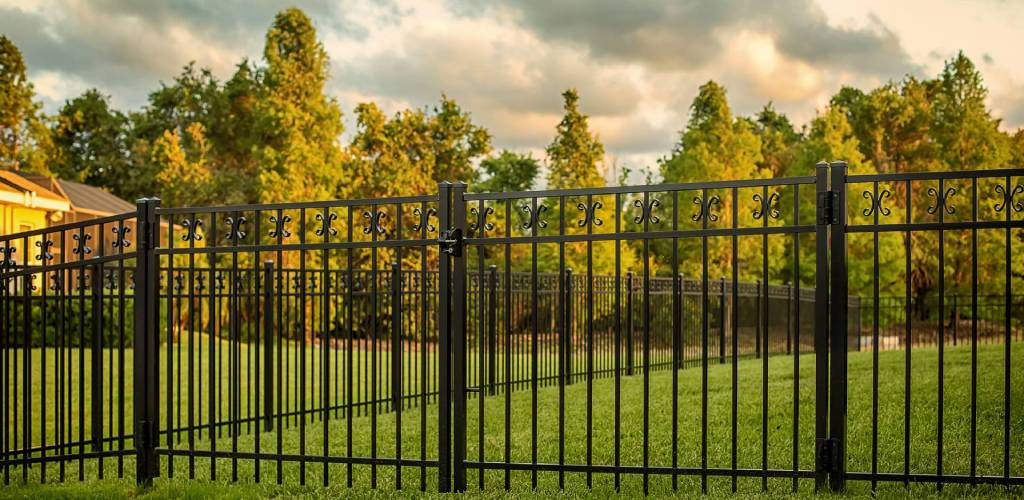All Categories
Featured

Wooden fencings are a popular choice for homeowners because of their all-natural appeal and adaptability. Nonetheless, to keep your fencing looking great and working well, normal maintenance is essential. One of the most important tasks in fence maintenance is choosing exactly how frequently to tarnish the wood or paint. The best maintenance timetable can help shield your fence from the aspects, stop damages, and lengthen its life expectancy. Below's a guide to assist you establish when it's time to paint or stain your wood fencing.
Elements Affecting Paint or Discoloring Frequency. Several vital factors identify how commonly you must repaint or stain your wooden fence. These include the kind of timber, the environment in your area, and the level of exposure your fencing needs to the elements.
- Environment and Weather Issues. The climate where you live plays a considerable function in exactly how swiftly your fencing will wear down. Extreme climate condition such as intense sunlight, hefty rain, or freezing temperatures can accelerate the wear and tear procedure.
Sunny Climates: In locations with lots of sunlight, UV rays can cause the wood to dry out, fade, and crack. Therefore, you might require to paint or restain your fence every 2 to 3 years to avoid damage. Rainy or Humid Areas: In locations where rainfall and moisture are frequent, wooden fences absorb dampness, which can lead to warping, deteriorating, or mold growth. Normal discoloration is essential in these areas, commonly every 1 to 2 years. Cold Climates: Icing up temperature levels and snow can cause the paint or discolor to peel off. You might require to revitalize the surface every 3 to 5 years to maintain your fence in great condition if your location experiences cold winters. 2. Sort of Wood. The wood varieties used for your fence will additionally figure out the regularity of paint or staining. Hardwoods often tend to be much more durable than softwoods, and each kind of wood reacts differently to stain or paint.
Cedar and Redwood: These timbers are normally resistant to rot and insects, yet they can lose their color in time due to UV exposure. Discoloration or sealing these sorts of wood every 2 to 3 years helps preserve their look. Pine and Fir: These softwoods are more prone to moisture damages and need even more regular upkeep. You may require to restain or repaint these fencings every 1 to 2 years to maintain them safeguarded from the components. Pressure-Treated Timber: While pressure-treated wood is designed to stand up to rot, it still needs to be stained or sealed to stop dampness absorption. A fresh coat of stain or sealer may be essential every 2 to 3 years. 3. Paint vs. Discolor. Whether you paint or stain your fencing can dramatically affect the upkeep schedule.

Paint: Repaint provides a solid layer of security that blocks moisture and UV rays. It can peel off, crack, or fade over time, specifically with prolonged direct exposure to the elements. Typically, a painted fence requires to be painted every 3 to 5 years. Stain: Tarnish soaks into the timber and offers an extra all-natural look while still offering protection. Tarnished fences often tend to show put on quicker than painted ones, as the stain can discolor or clean away. You will likely need to restain your fence every 2 to 3 years, depending upon the exposure to sunlight and rainfall. 4. Noticeable Indications of Put On. While a basic upkeep routine is handy, you need to likewise maintain an eye on the condition of your fencing to establish when it's time for a fresh coat of paint or tarnish. Look for these indications:
Fading or Staining: If your fence has shed its initial shade or has come to be weathered and gray, it's time to reapply a repaint or discolor to restore its appearance. Cracking or peeling: If the paint or stain starts to fracture or peel, it's a clear sign that the safety layer is no more doing its task. This can cause water damages, so it is essential to address it immediately. Water Absorption: Conduct a basic water test by splashing some water onto the surface area of the fencing. The fence is still secured if the water beads up. It's time to restain or repaint if the water soaks in. 5. Appropriate Upkeep Techniques. For the very best outcomes, it's essential to prepare the wood correctly prior to paint or discoloration. Begin by cleansing the fence to eliminate mold, dust, or mildew. Repair any damages, such as splits or loosened boards, to ensure the fencing is in good condition prior to applying a fresh layer.

Select a dry, light day for paint or tarnishing to stay clear of the surface drying also quickly or erratically. Constantly use paint or stain according to the producer's directions, and enable appropriate drying out time in between layers.
Final thought. In basic, wood fencings ought to be painted or discolored every 2 to 3 years, depending on the environment, type of wood, and direct exposure to the aspects. Whether you pick to stain or paint, regular maintenance will protect your fencing from the weather condition and keep it looking gorgeous for years to come.
Latest Posts
Montclare Auto Repair: Your Reliable Expert for Brake & Engine Repairs
Published Apr 20, 25
2 min read
Reliable Vehicle Maintenance at Montclare Auto Repair - Book Today!
Published Apr 20, 25
2 min read
Delicious Eating Options for Your Event at FunCity Resort
Published Apr 20, 25
1 min read
More
Latest Posts
Montclare Auto Repair: Your Reliable Expert for Brake & Engine Repairs
Published Apr 20, 25
2 min read
Reliable Vehicle Maintenance at Montclare Auto Repair - Book Today!
Published Apr 20, 25
2 min read
Delicious Eating Options for Your Event at FunCity Resort
Published Apr 20, 25
1 min read